Phoenix Dactylifera
Phoenix Dactylifera, commonly known as the Date Palm, is a classic and iconic palm tree native to the Middle East and North Africa. It is renowned for its ability to produce sweet, edible dates and its striking appearance with a tall, slender trunk and a crown of feathery, arching fronds. This palm is widely cultivated in warm climates for its fruit and ornamental value, making it a versatile choice for gardens, landscapes, and agricultural settings.
- Botanical Name: Phoenix Dactylifera
- Common Name: Date Palm
- Mature Height: 50-80 feet (15-24 meters)
- Mature Spread: 20-30 feet (6-9 meters)
- Growth Rate: Slow to moderate
- Light Requirements: Full sun
- Soil Requirements: Well-draining soil; prefers sandy or loamy soils
- Water Needs: Moderate; can tolerate periods of drought once established
- Foliage: Evergreen, feather-like fronds with a deep green color
- Trunk: Tall, slender, and columnar, with a distinctive diamond-patterned bark
Uses:
- Ornamental: Adds a classic, tropical look to gardens, landscapes, and public spaces.
- Fruit Production: Cultivated for its edible dates, which are sweet and nutritious.
- Shade: Provides shade and a cool retreat in hot climates.
- Agricultural: Grown commercially for date production in suitable climates.
Benefits:
- Edible Fruit: Produces dates that are enjoyed fresh or dried and used in a variety of culinary applications.
- Visual Appeal: Tall, elegant stature and lush fronds make it a standout feature in any landscape.
- Low Maintenance: Once established, requires minimal care and is drought-tolerant.
- Longevity: Known for its long lifespan and ability to thrive in warm climates.
Phoenix Dactylifera is a versatile and valuable palm tree that enhances any garden or landscape with its beauty and functionality. Whether you’re interested in its striking appearance or its delicious fruit, the Date Palm is a cherished addition to both ornamental and agricultural settings.
Debes acceder para publicar una valoración.
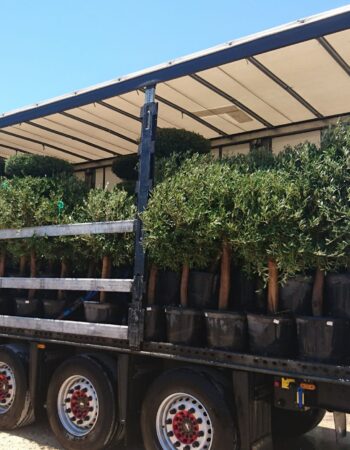
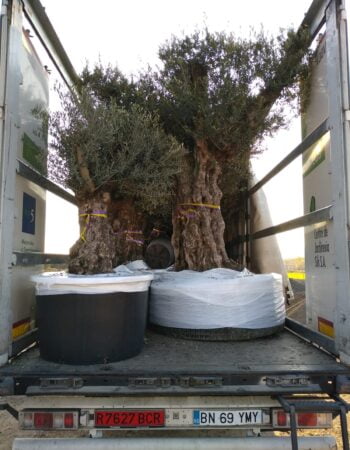
CAREFUL TREE TRANSPORTATION
At Treezom, we take great care in transporting your trees to ensure they arrive in perfect condition. Our expert team uses various methods, depending on the size and volume of the order, to provide safe and efficient delivery. Whether you're ordering a single tree or a bulk order, we guarantee high standards of handling and care throughout the process.
MULTIPLE SHIPPING METHODS
- Truck Delivery: Ideal for local or regional deliveries, ensuring a smooth and timely shipment of your trees directly to your location.
- Sea Containers (20’ or 40’): Perfect for larger orders or international shipping. Our sea containers are equipped to handle bulk shipments with optimal protection.
- Other Customized Solutions: Depending on the size and nature of your order, we can offer tailored shipping methods to meet your specific needs.
No matter the shipping method, we use specialized packaging and handling procedures to protect the trees during transit, ensuring they arrive healthy and ready for planting.
Below, you’ll find key tips tailored to this species’ requirements. Whether you’re new to plant care or have plenty of experience, these guidelines are here to support you in keeping your green companion healthy and vibrant.
- Planting:
- Choose a sunny location with well-draining soil.
- Dig a hole twice the width of the root ball and equal in depth.
- Place the palm in the hole, backfill with soil, and water thoroughly.
- Watering:
- Water regularly during the first year to help establish a strong root system.
- Once established, reduce watering to allow the soil to dry out between waterings, especially during cooler months.
- Pruning:
- Remove dead or damaged fronds to maintain a clean appearance and promote healthy growth.
- Prune in late winter or early spring before new growth begins.
- Fertilizing:
- Apply a balanced, slow-release fertilizer suitable for palms in early spring and again in late summer.
- Follow the manufacturer’s instructions for application rates.
- Pest and Disease Control:
- Monitor for common pests such as scale insects, spider mites, and mealybugs.
- Use appropriate treatments to manage infestations.
- Ensure good air circulation around the plant to prevent fungal diseases and avoid overwatering.
*This information is provided for informational purposes only. For more detailed care, please consult a professional Gardener or Arborist.





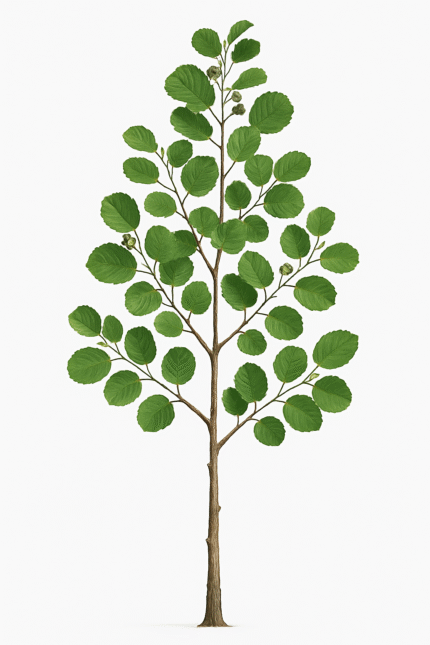

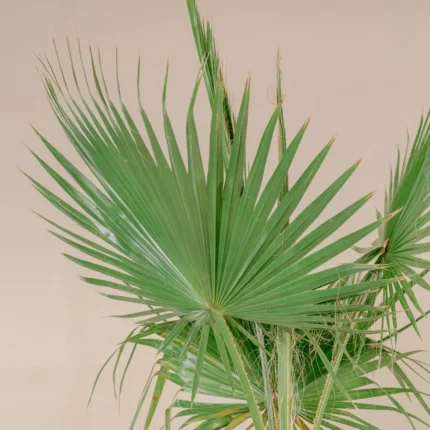

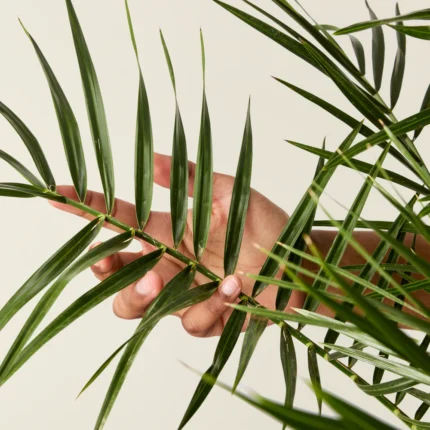

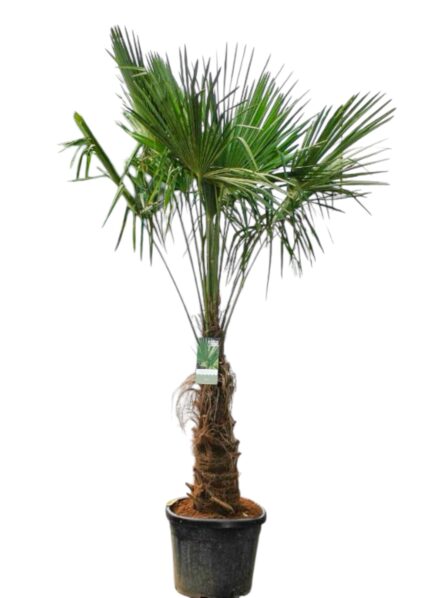
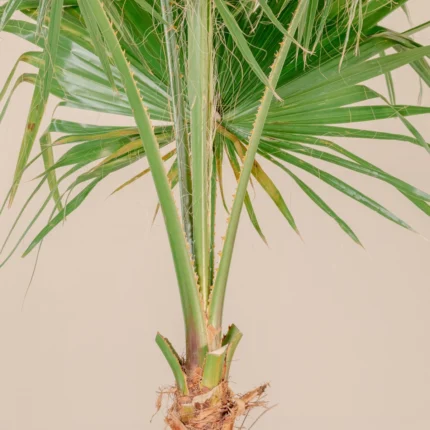






 Single Tree
Single Tree
Valoraciones
No hay valoraciones aún.